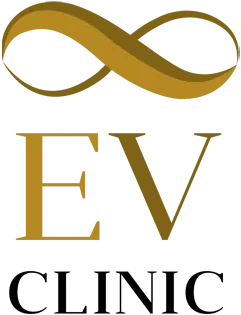Rosacea is driven by a complex interplay of inflammation, vascular dysfunction, and barrier breakdown. Our treatment protocols:
- Reduce neurovascular reactivity
- Rebuild the skin’s barrier and reduce trans-epidermal water loss
- Calm immune overactivation with bioactive peptides and exosomes
- Address root causes like hormonal imbalance and gut dysfunction
